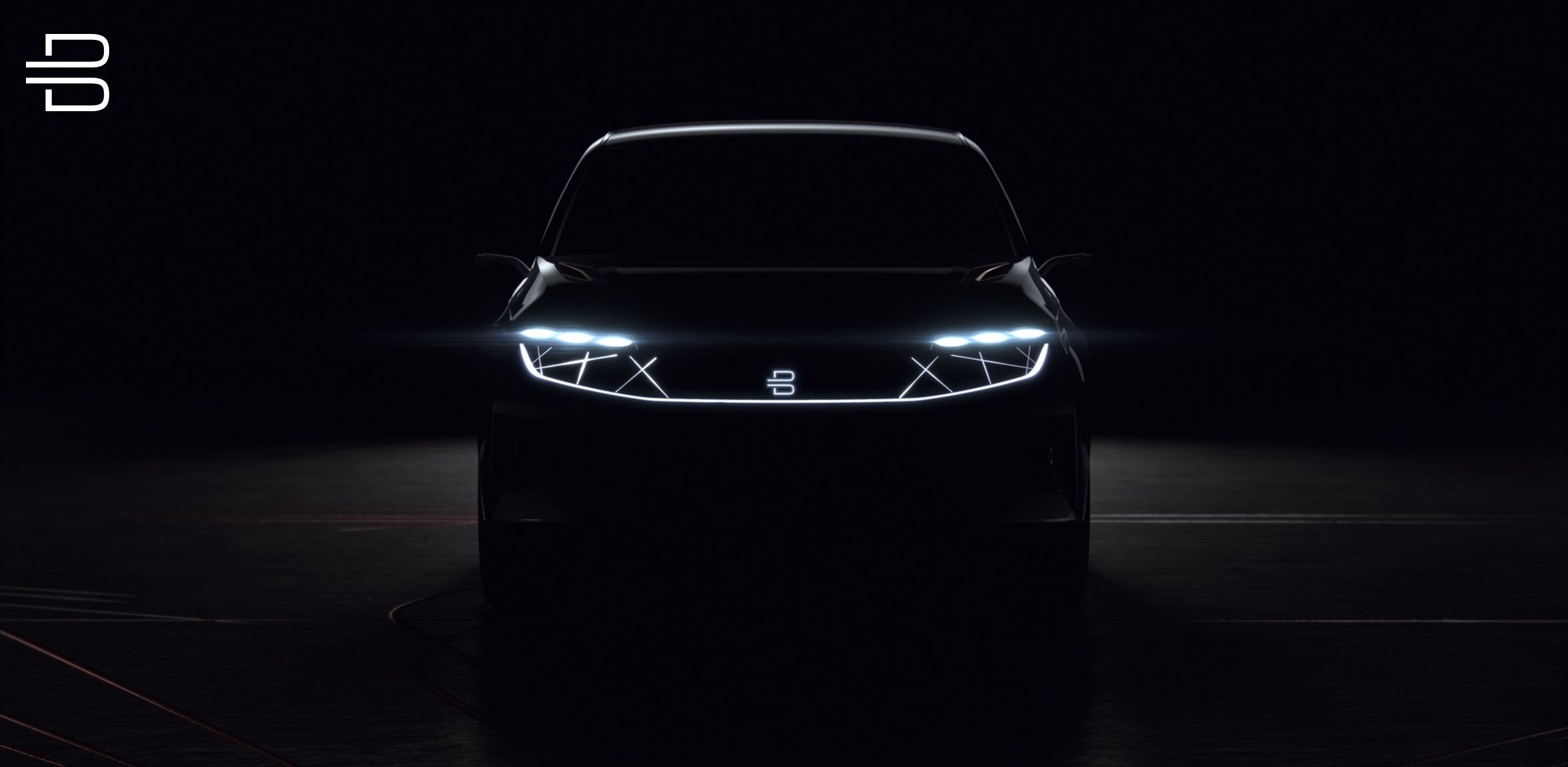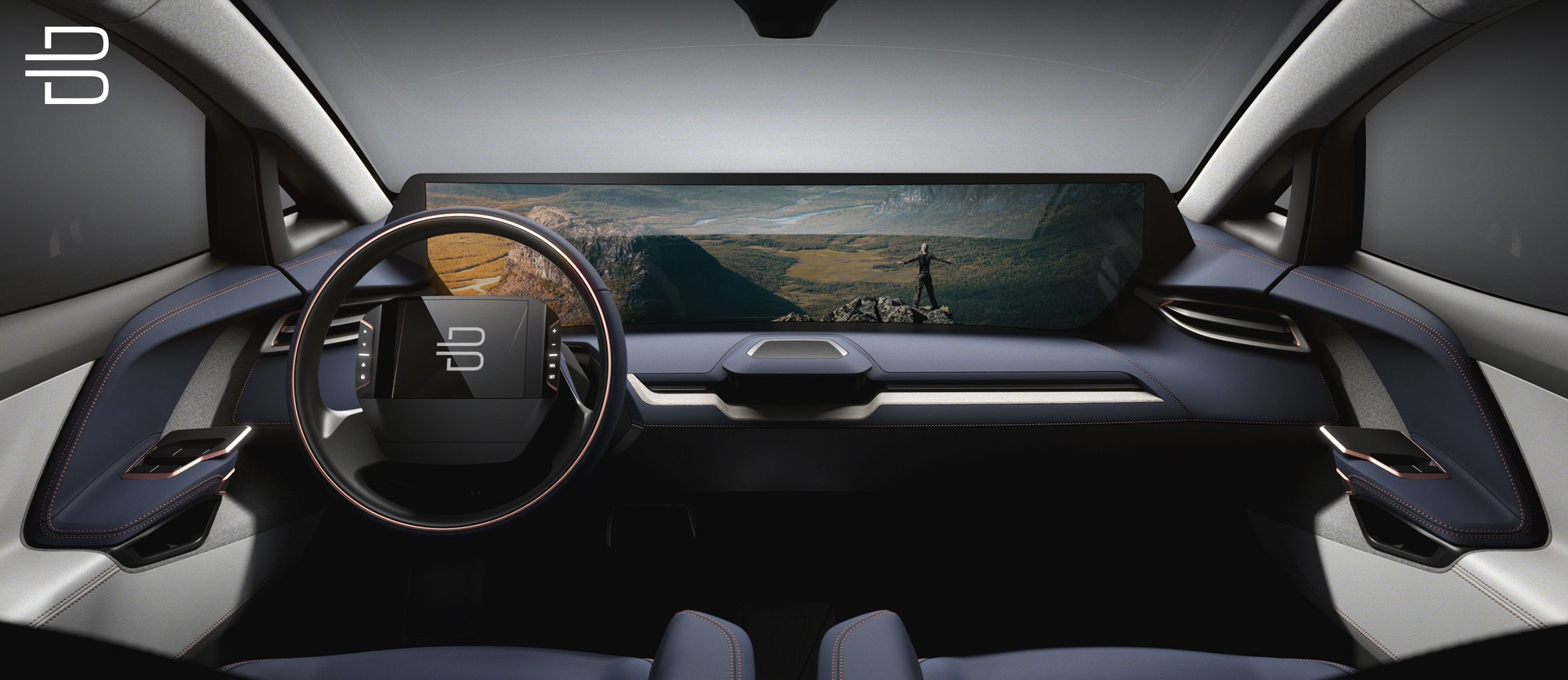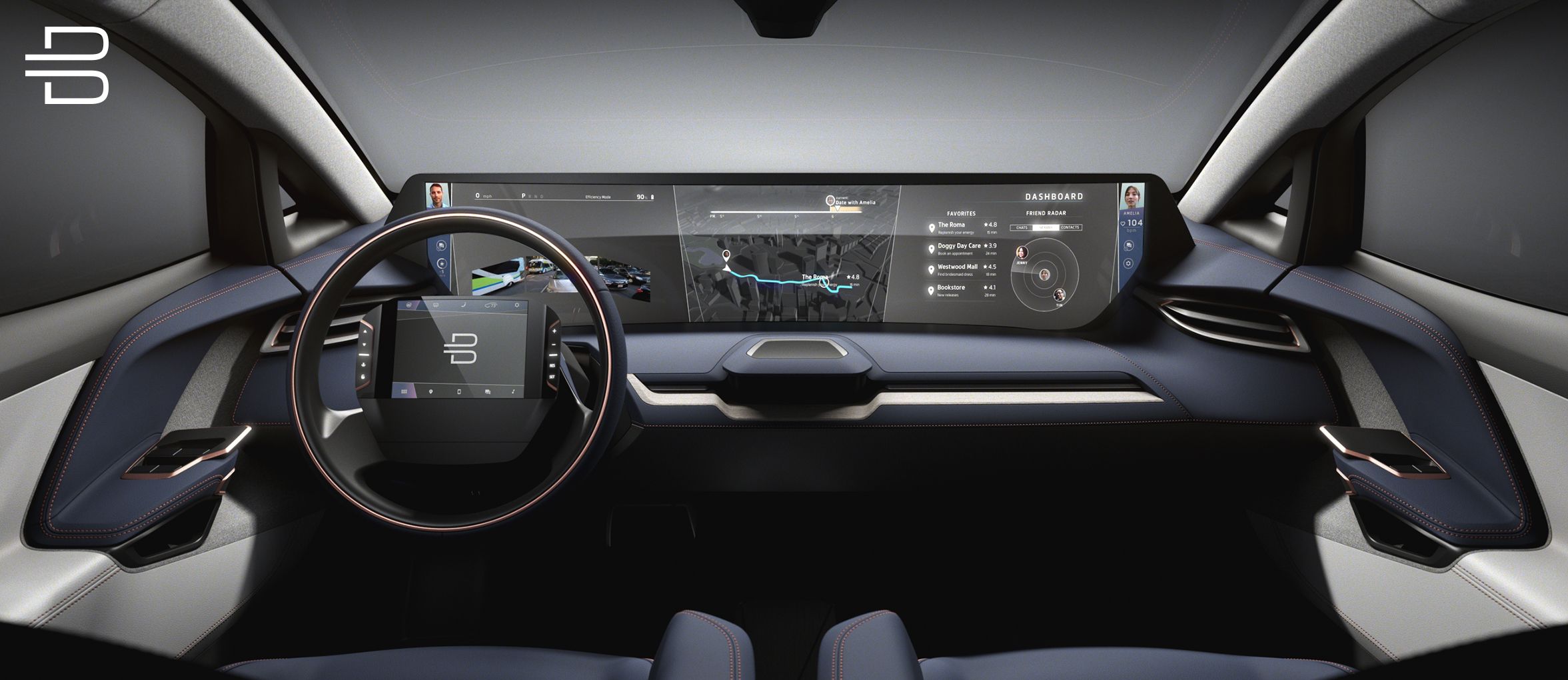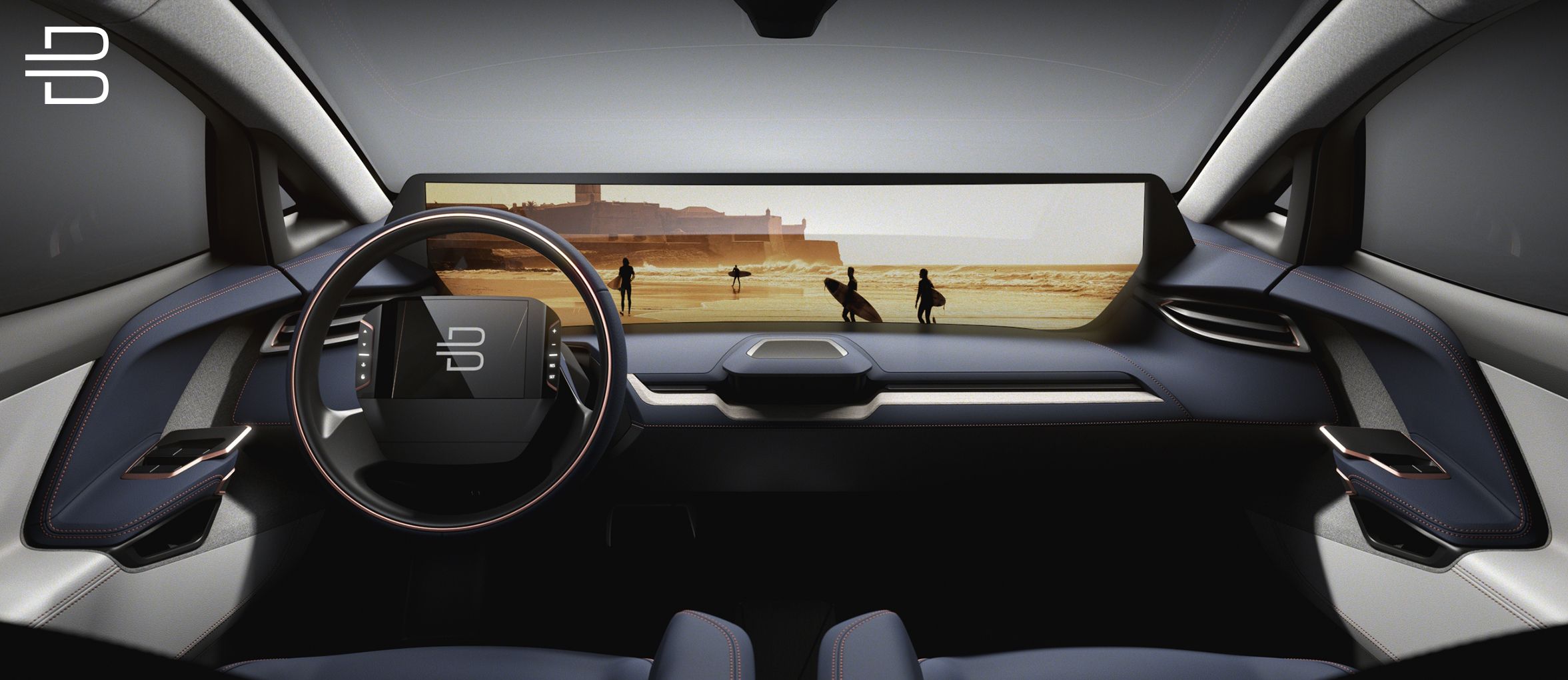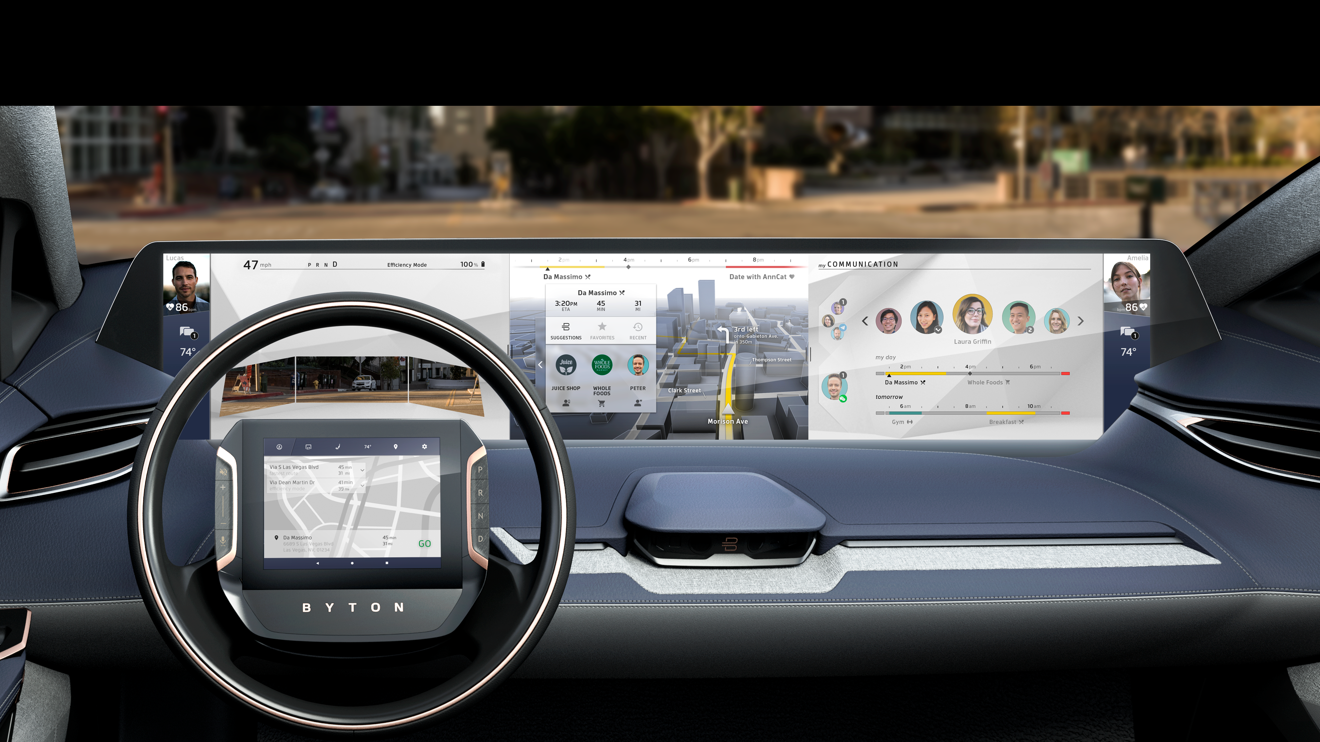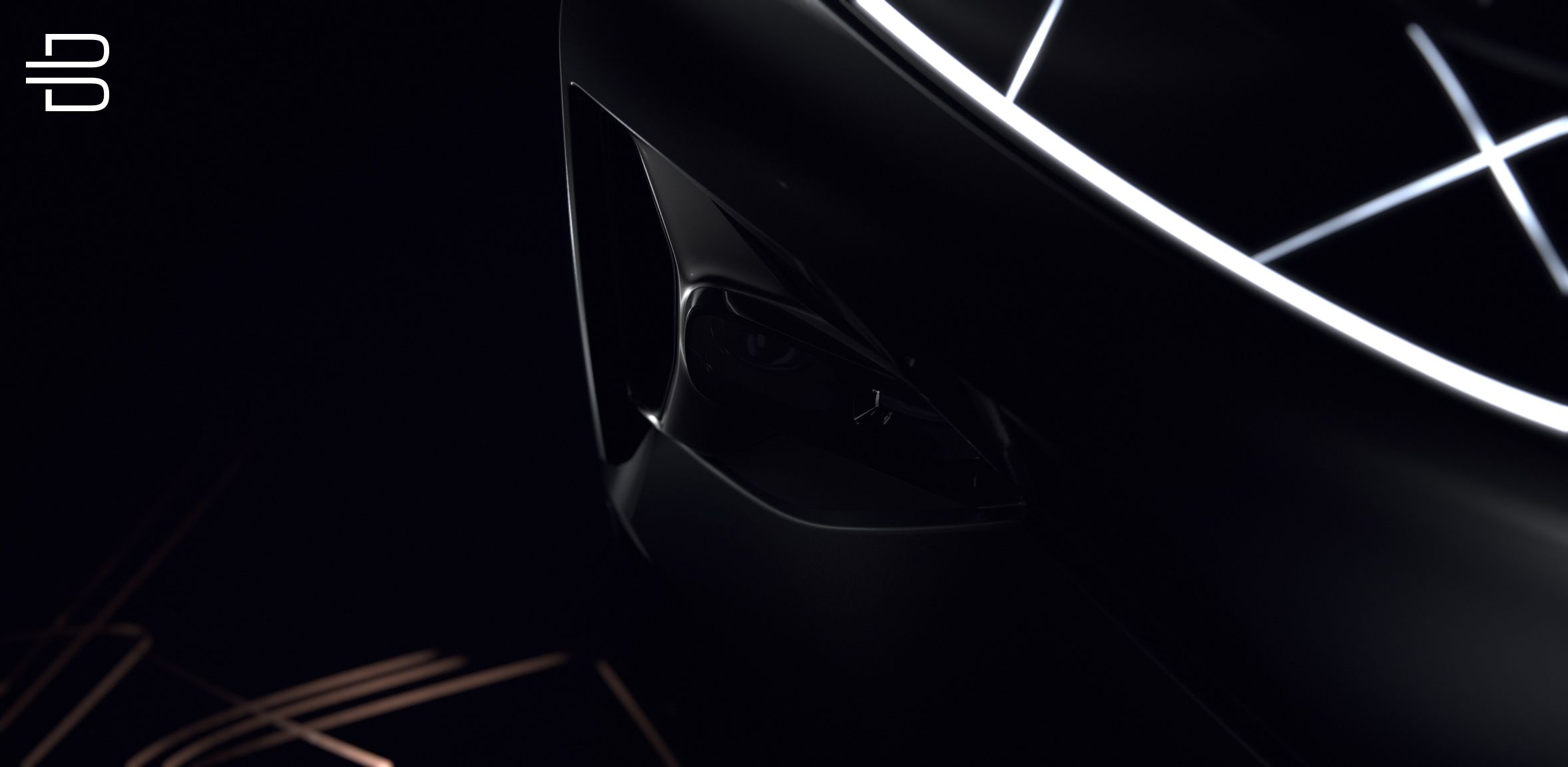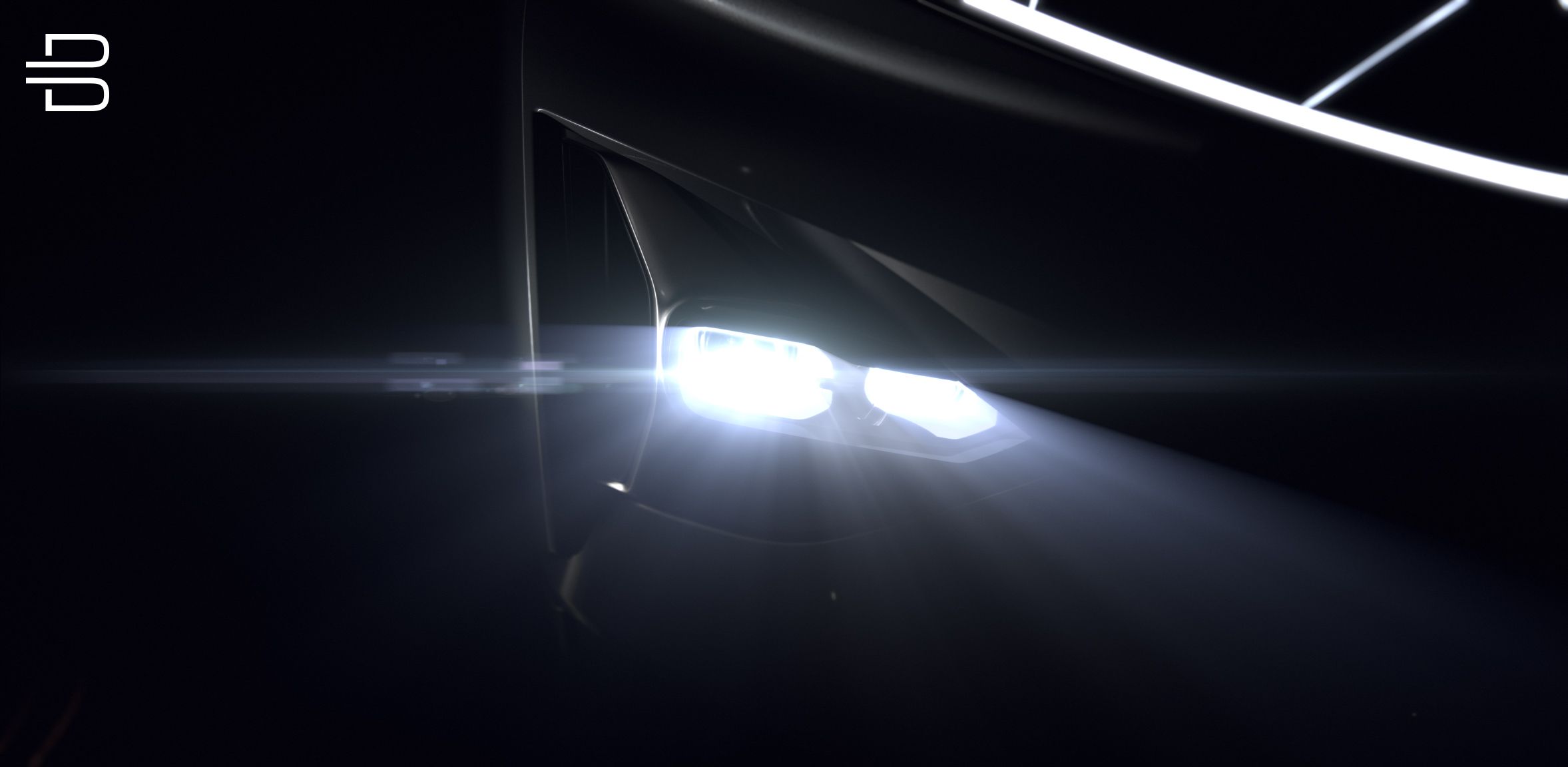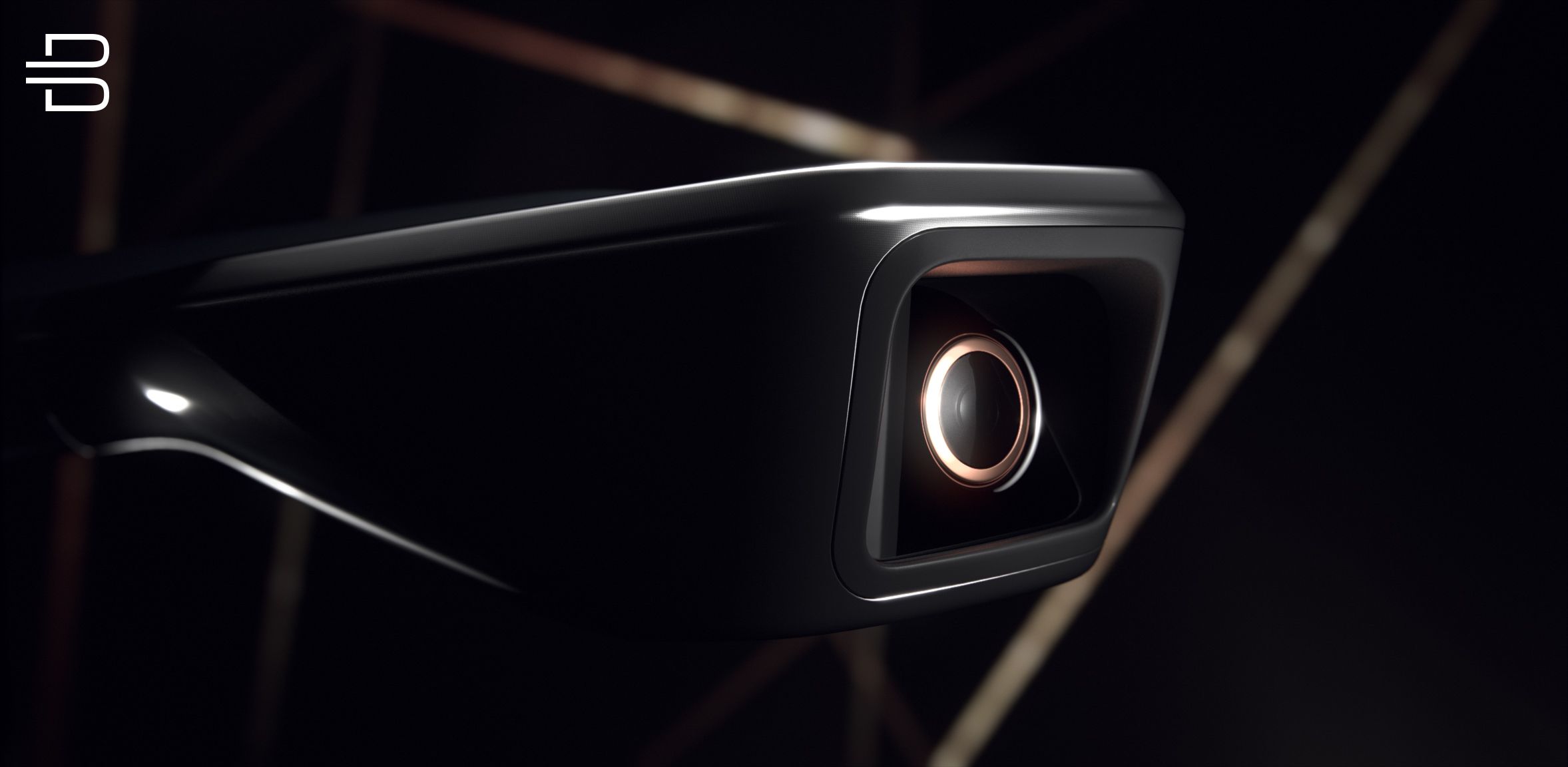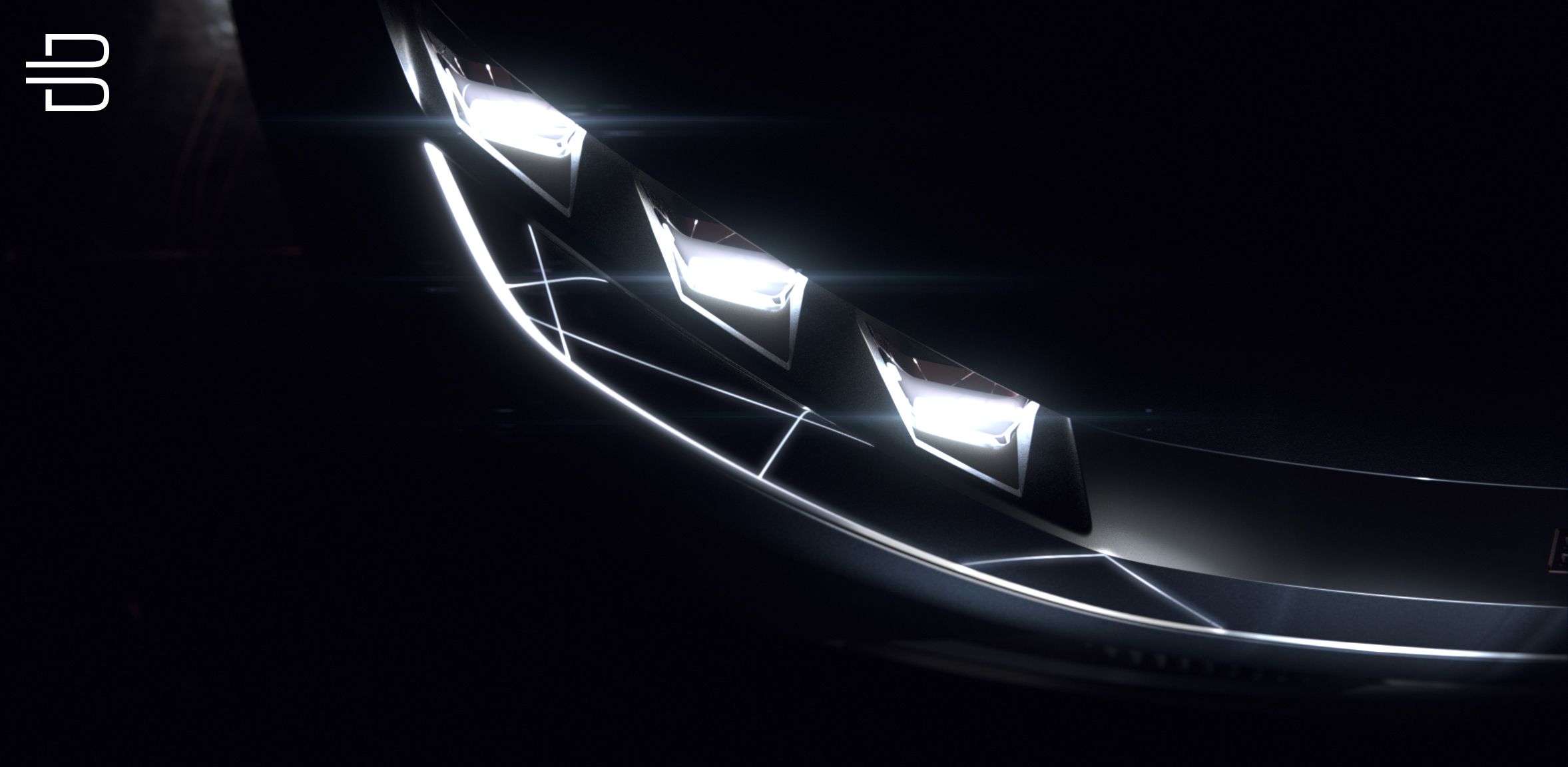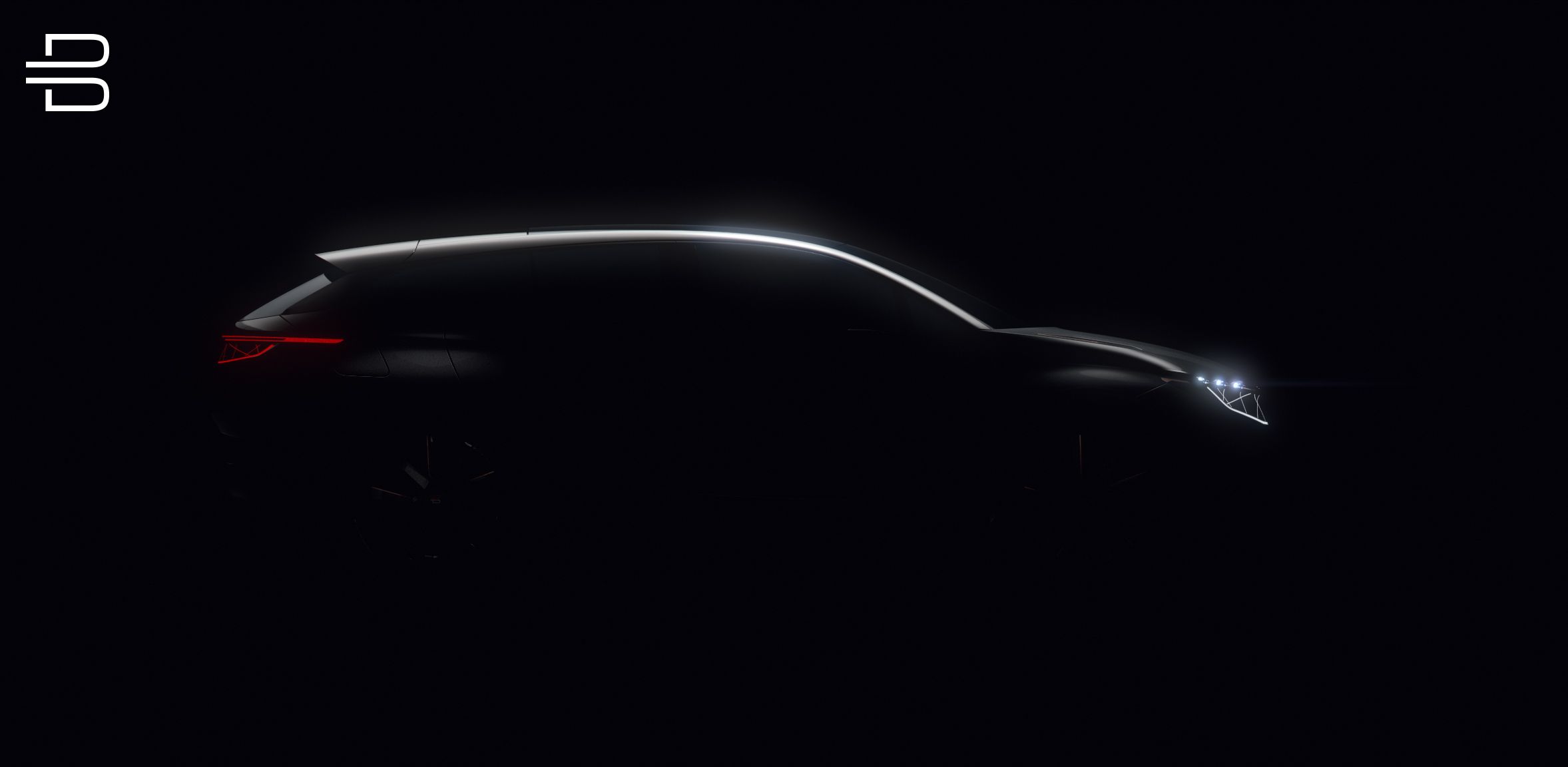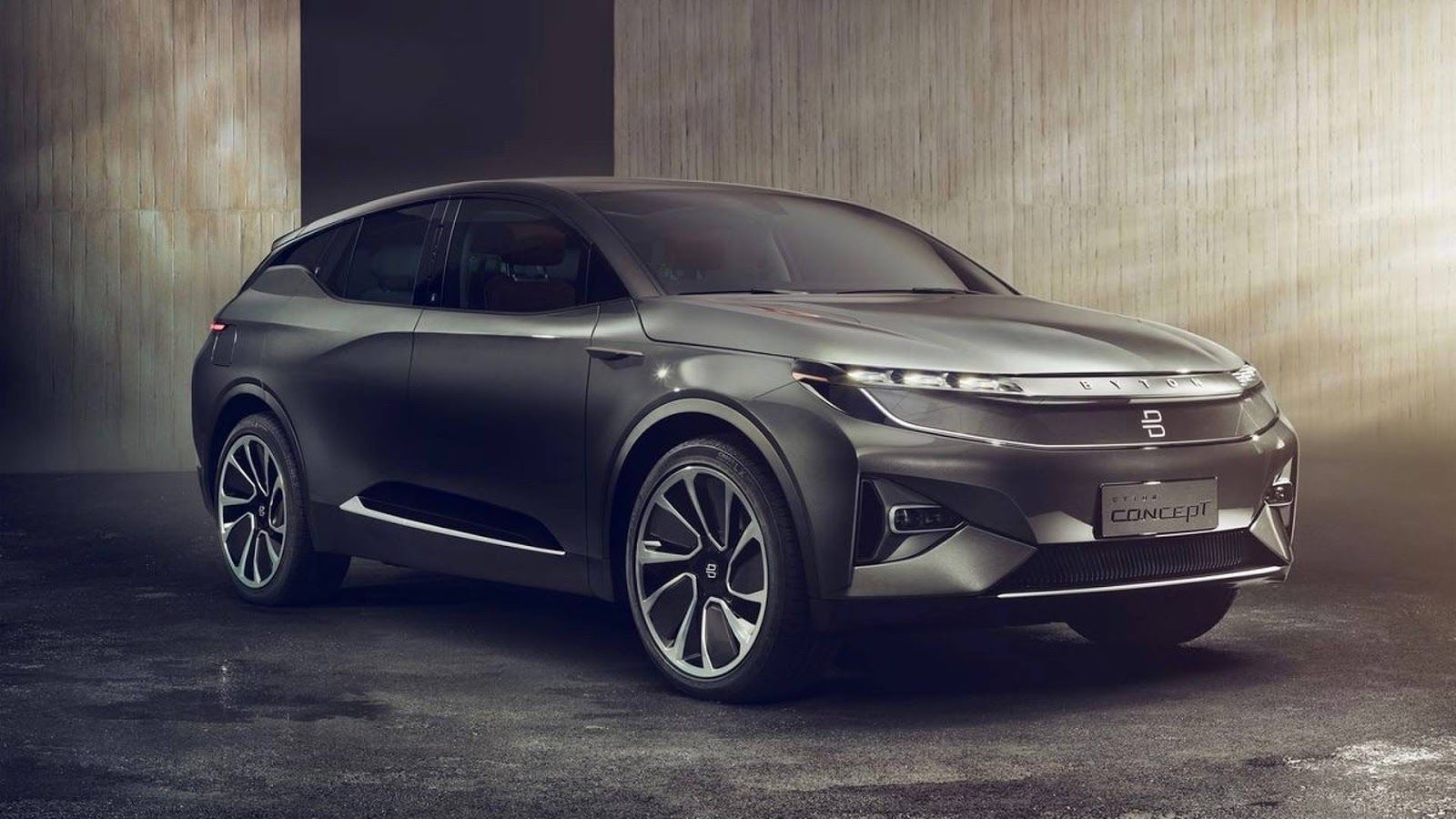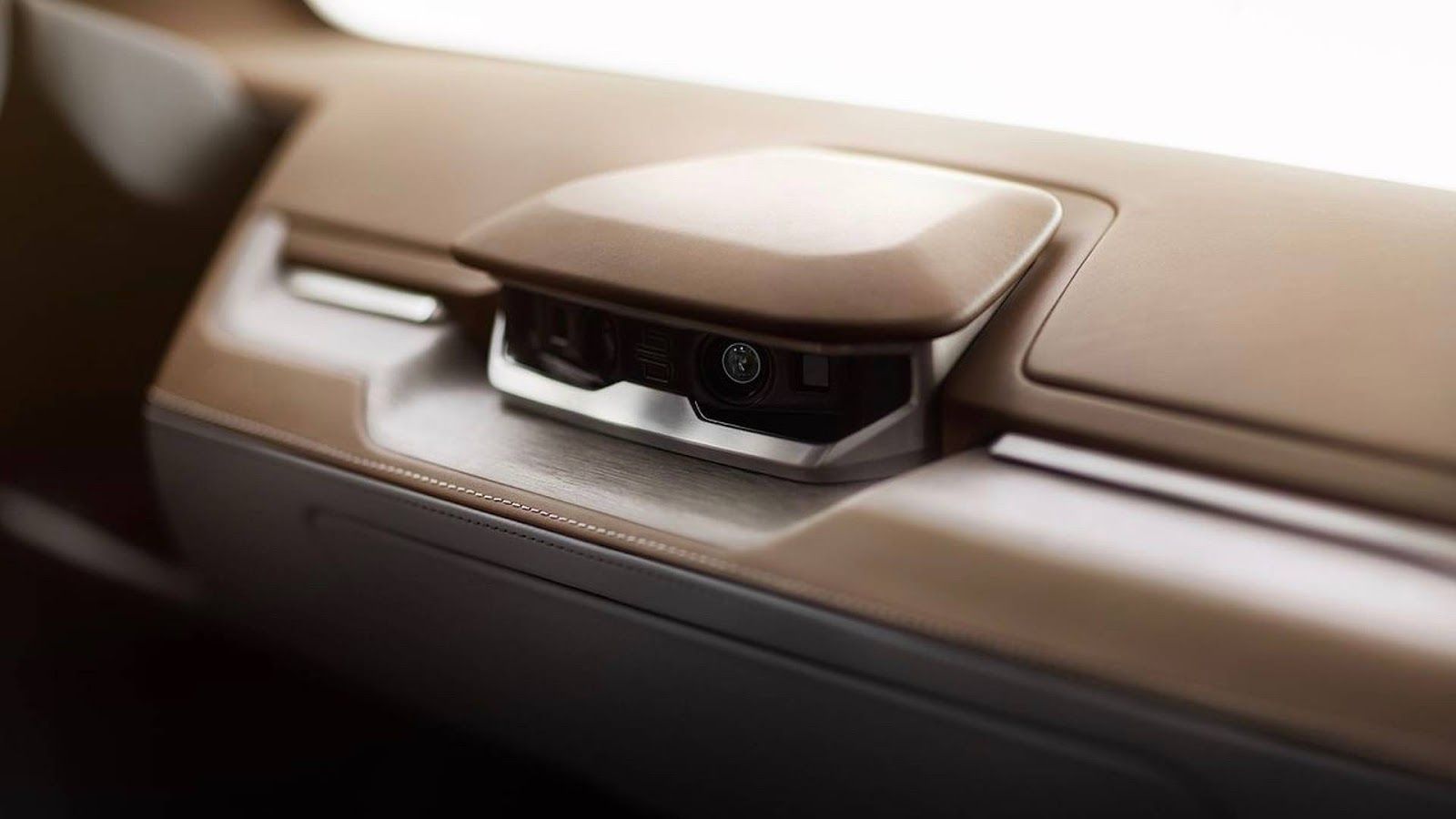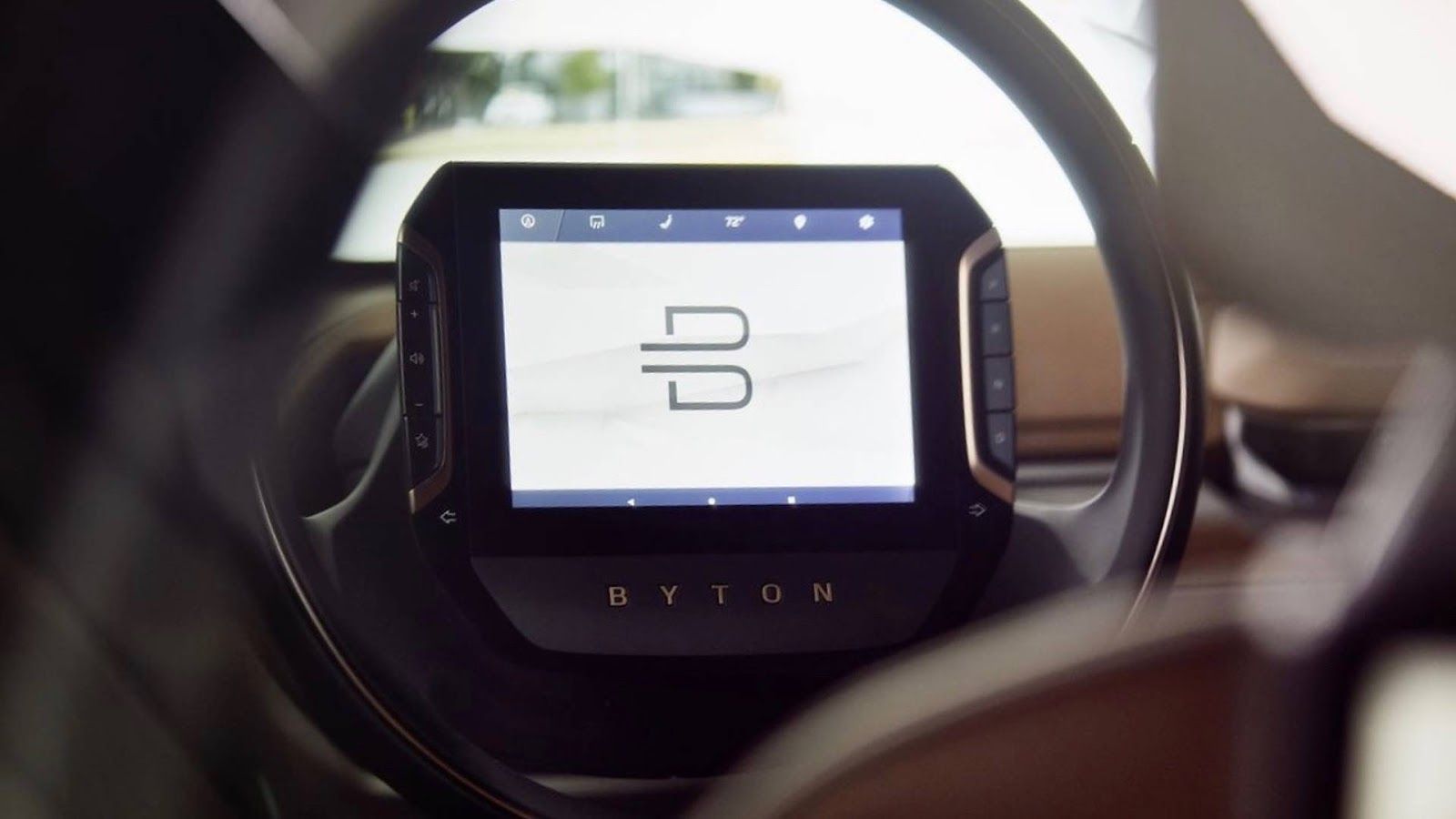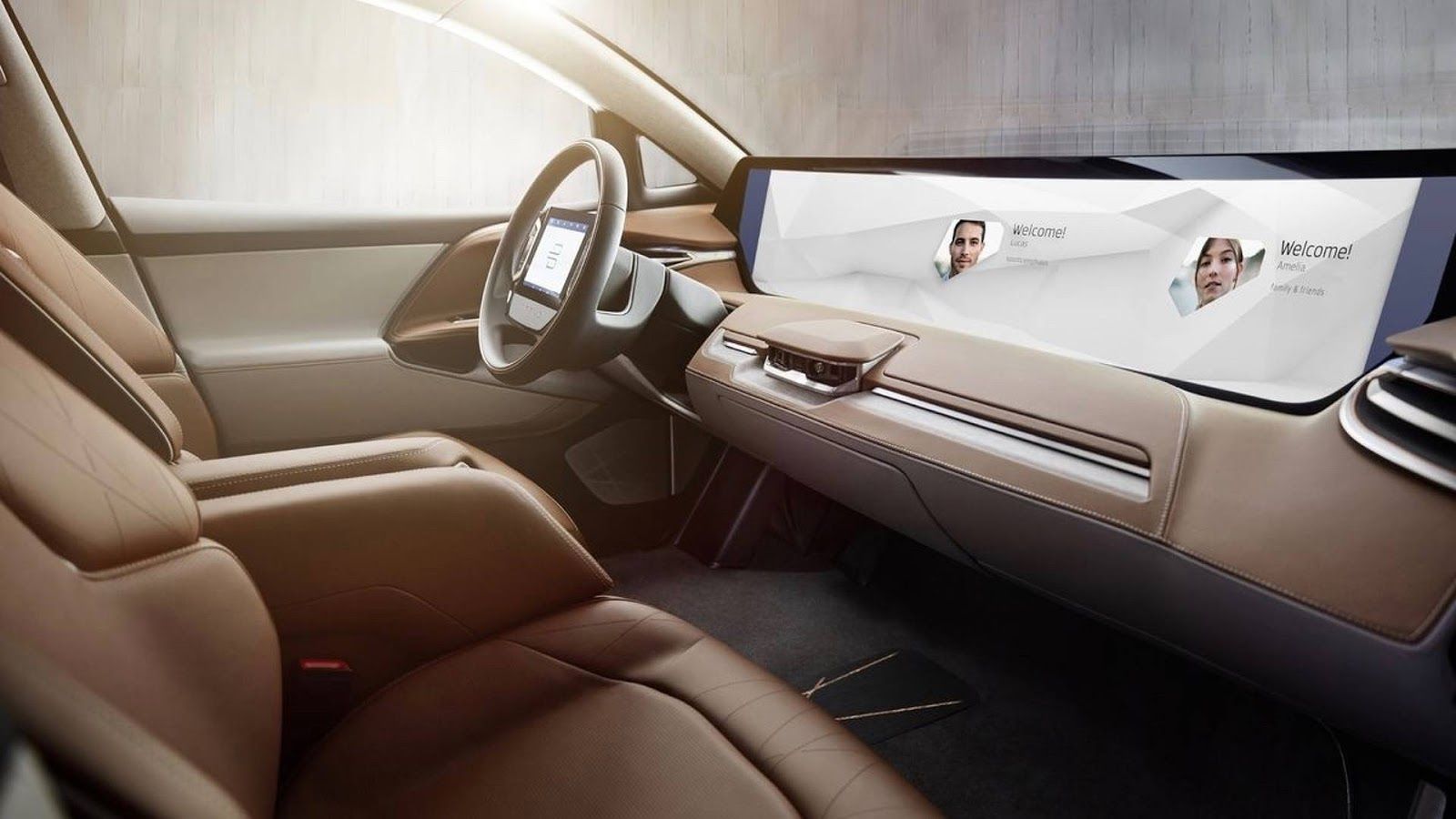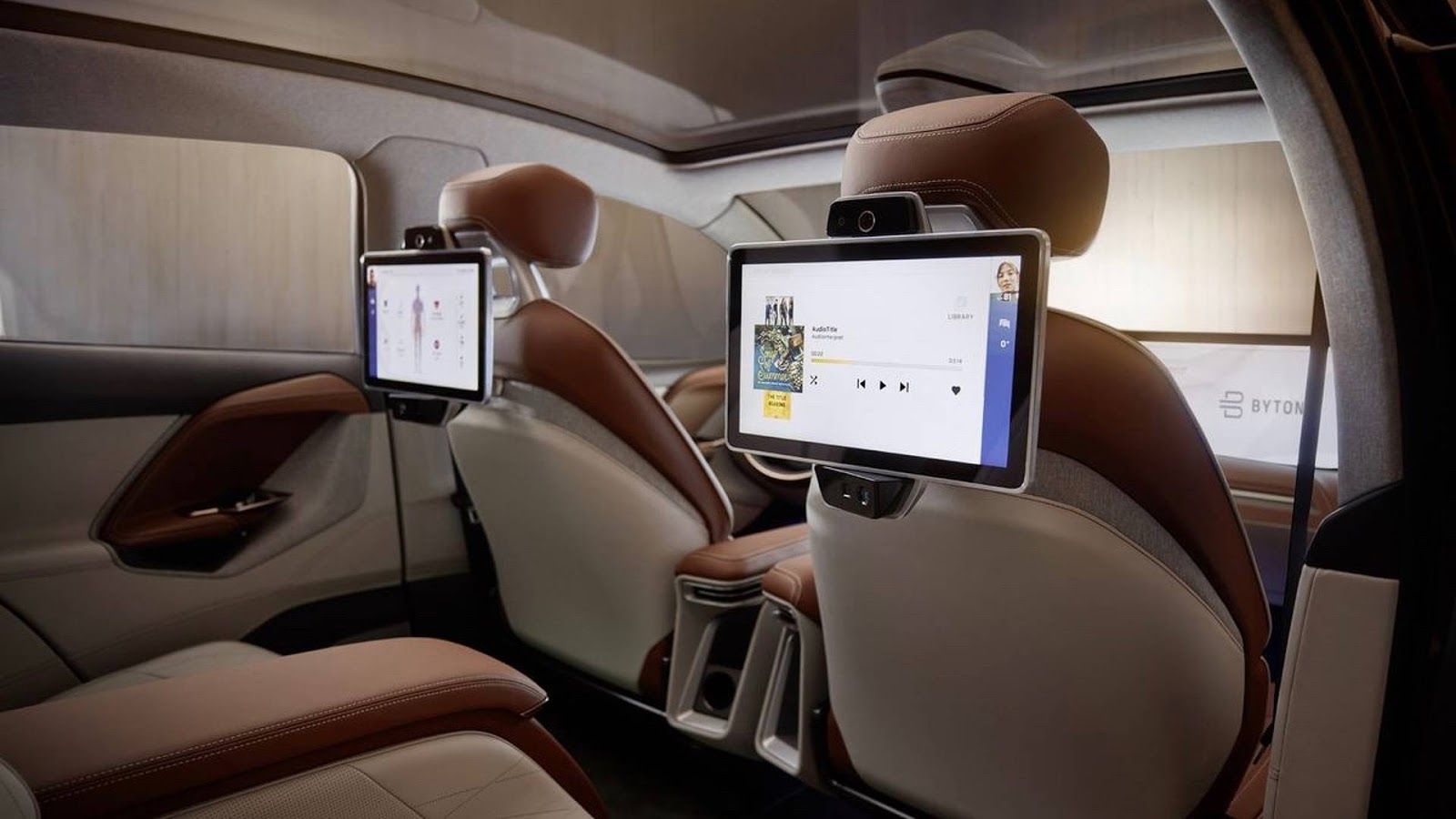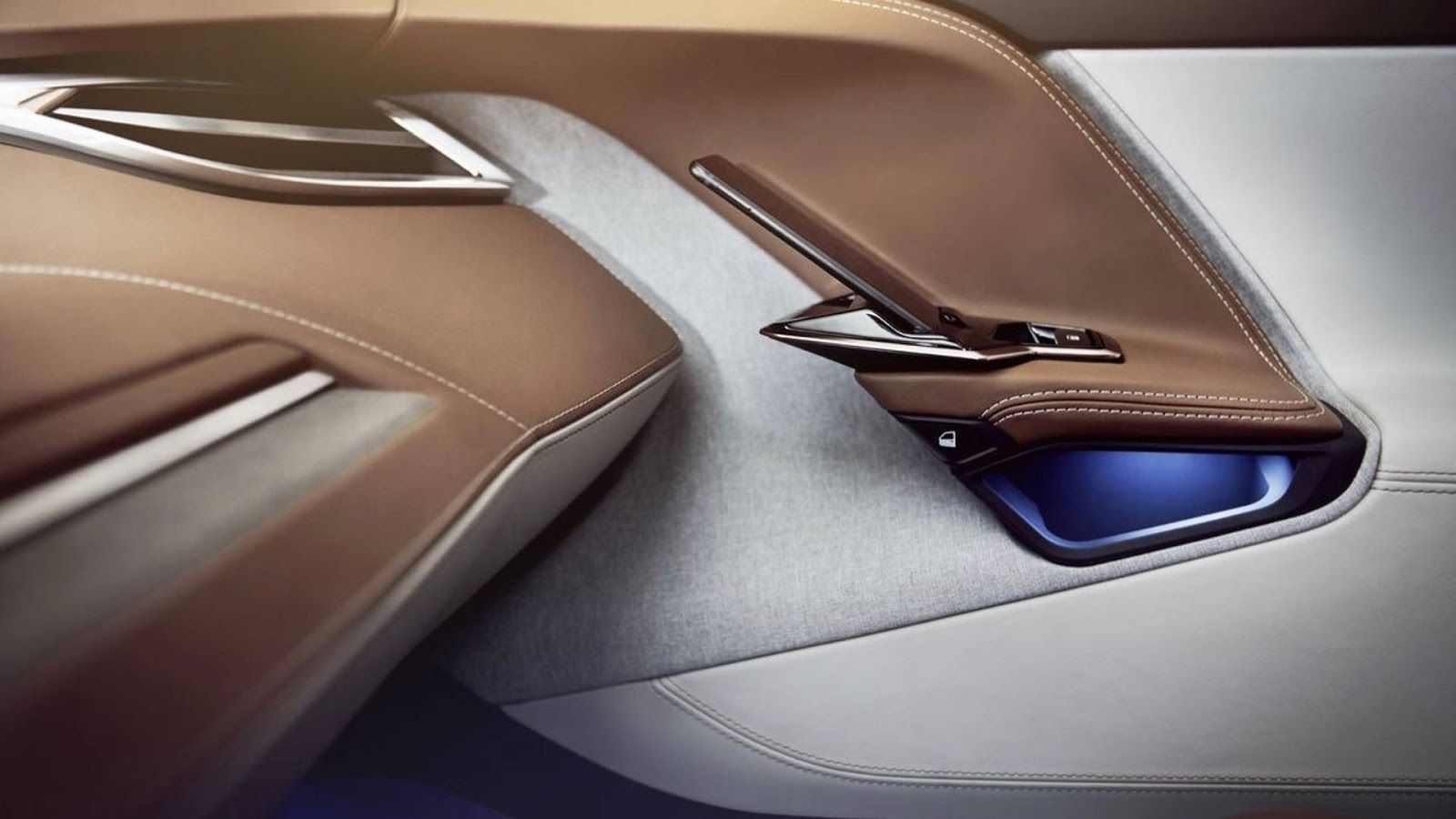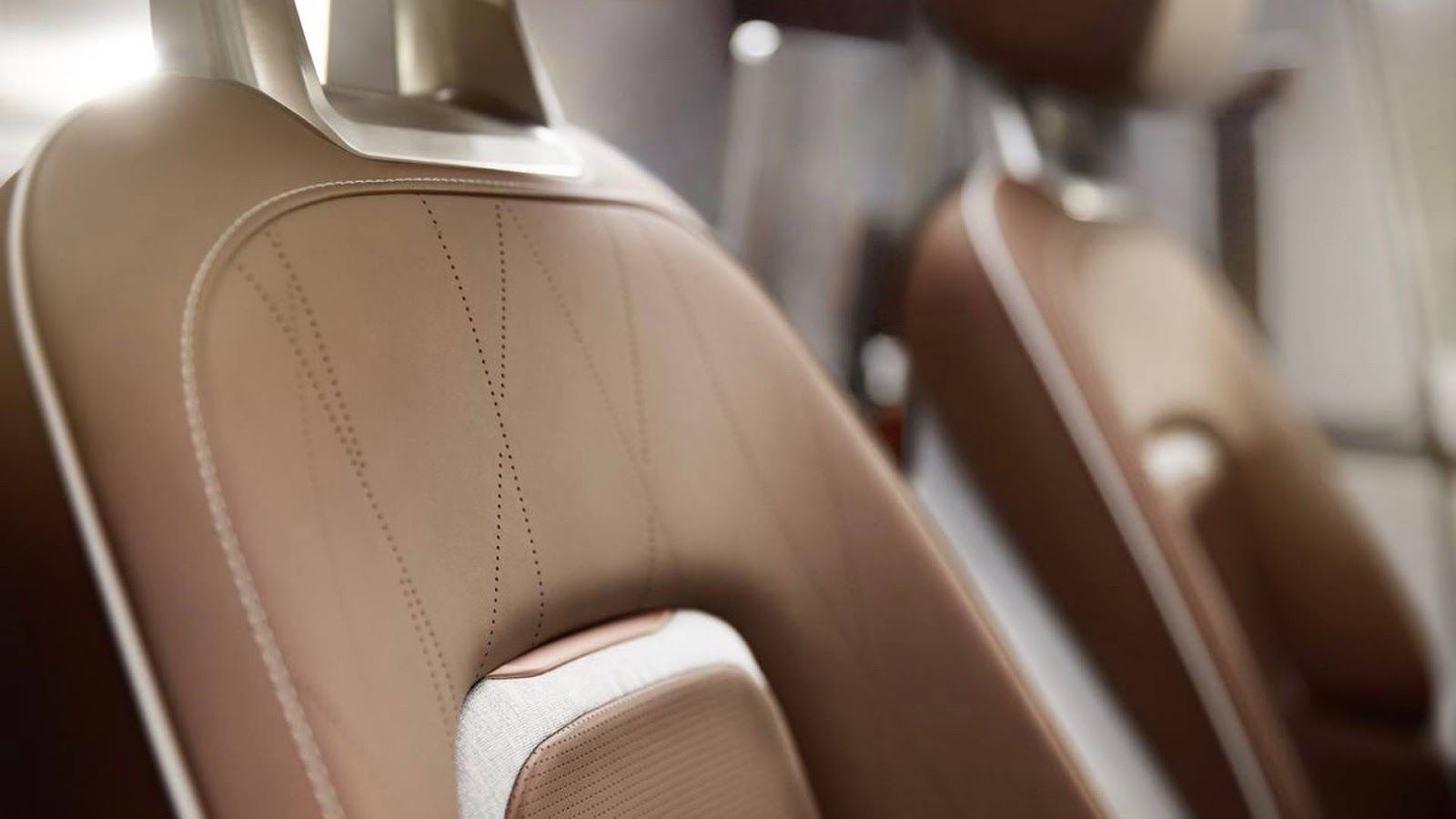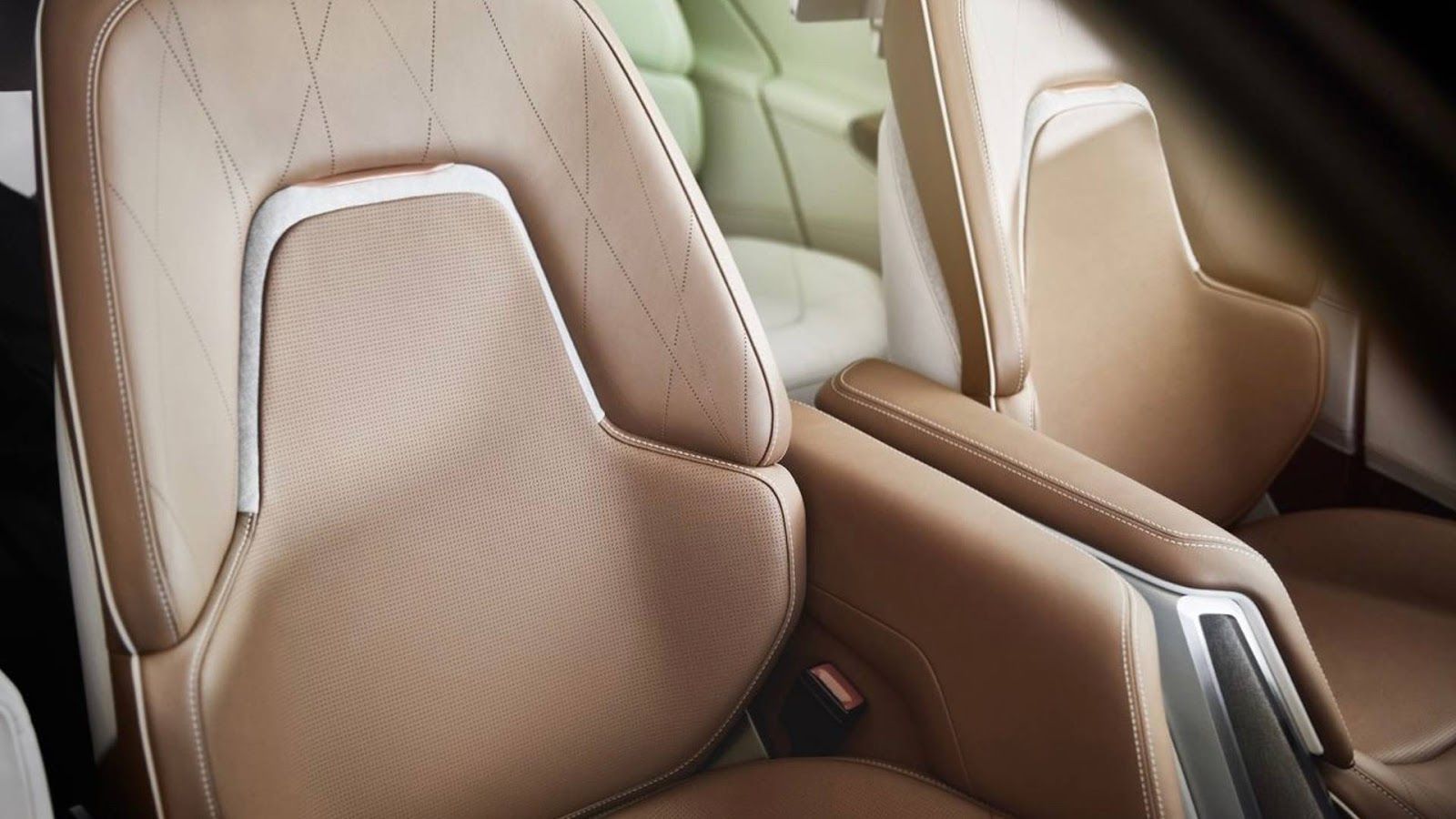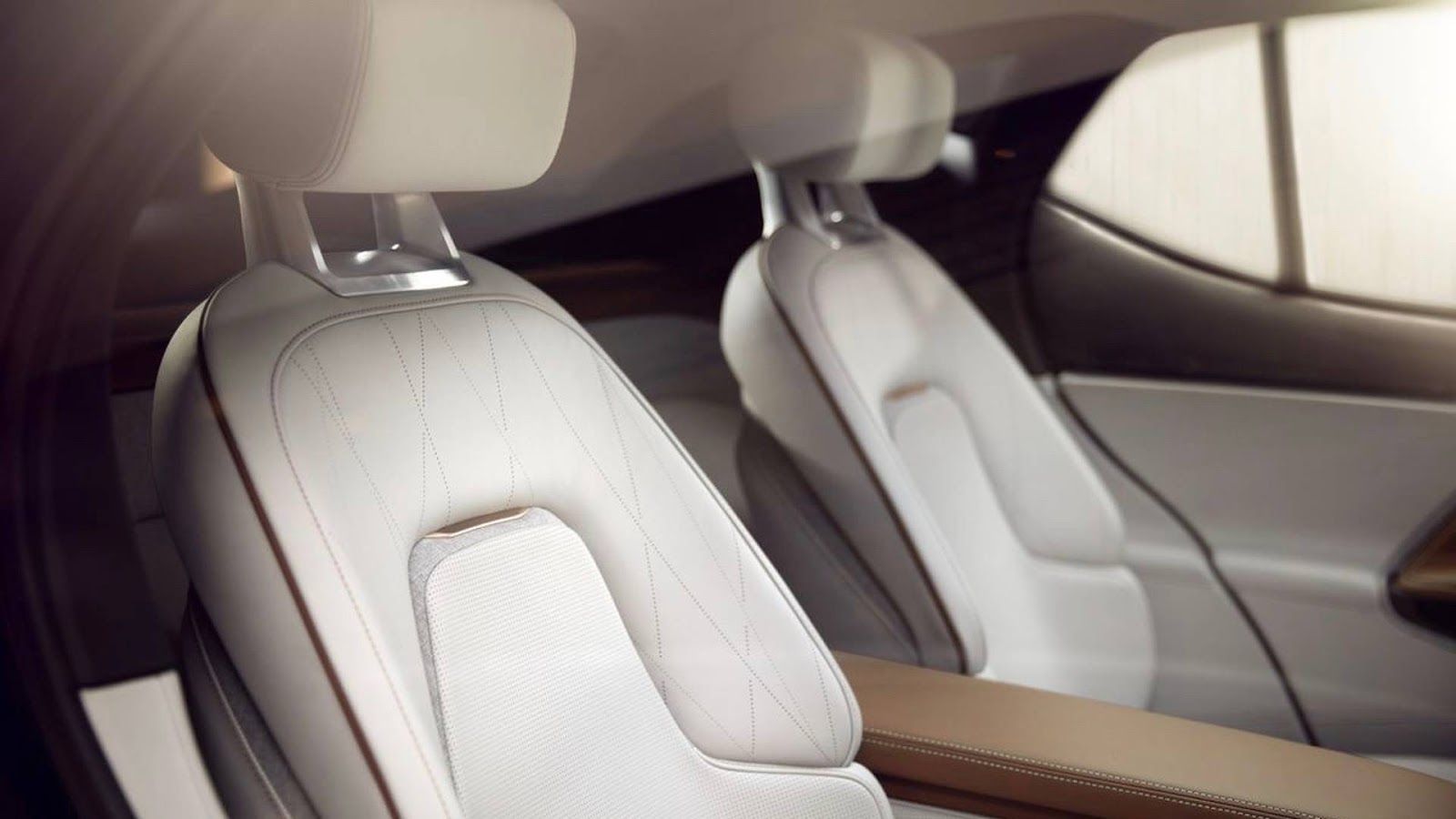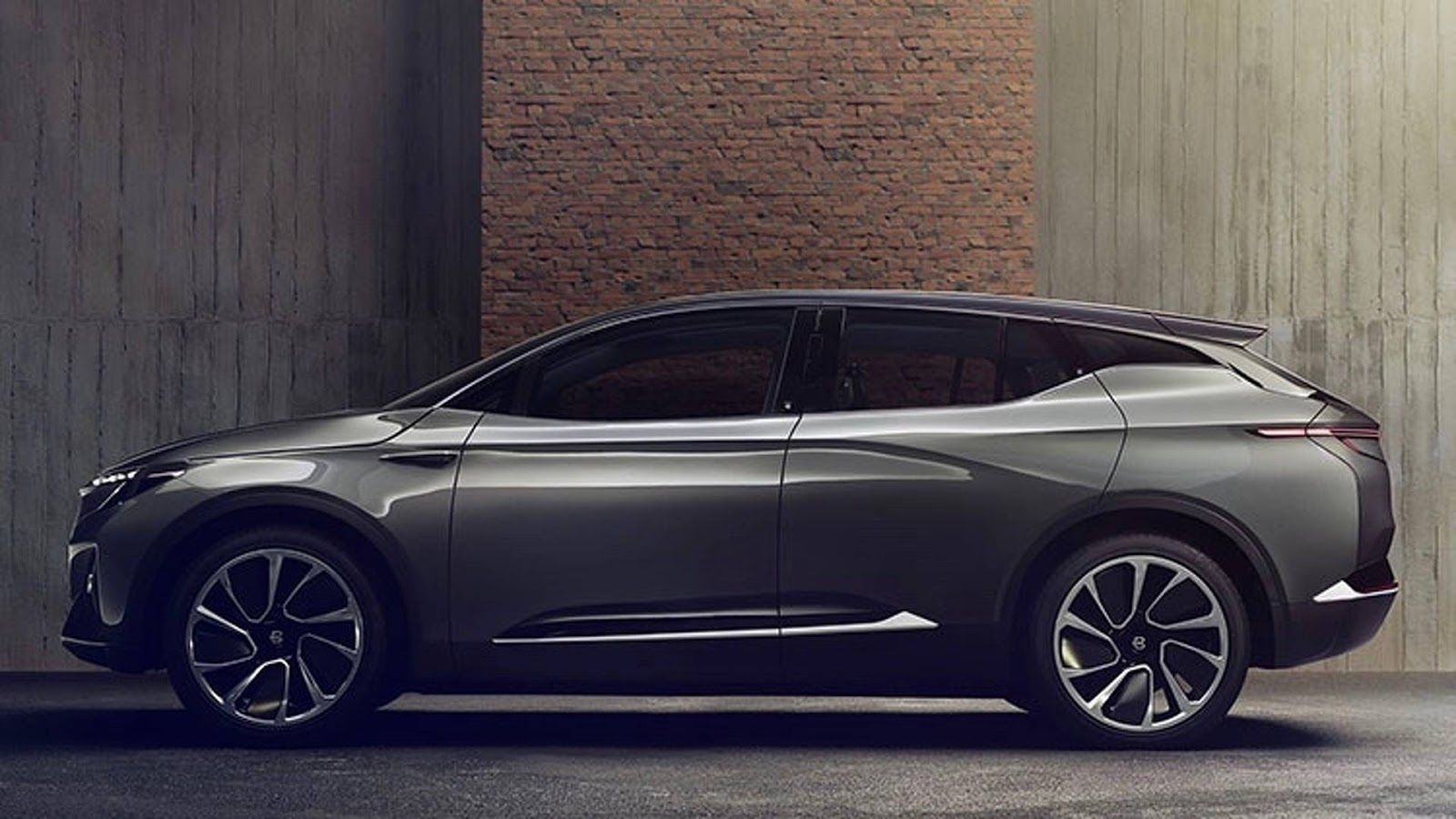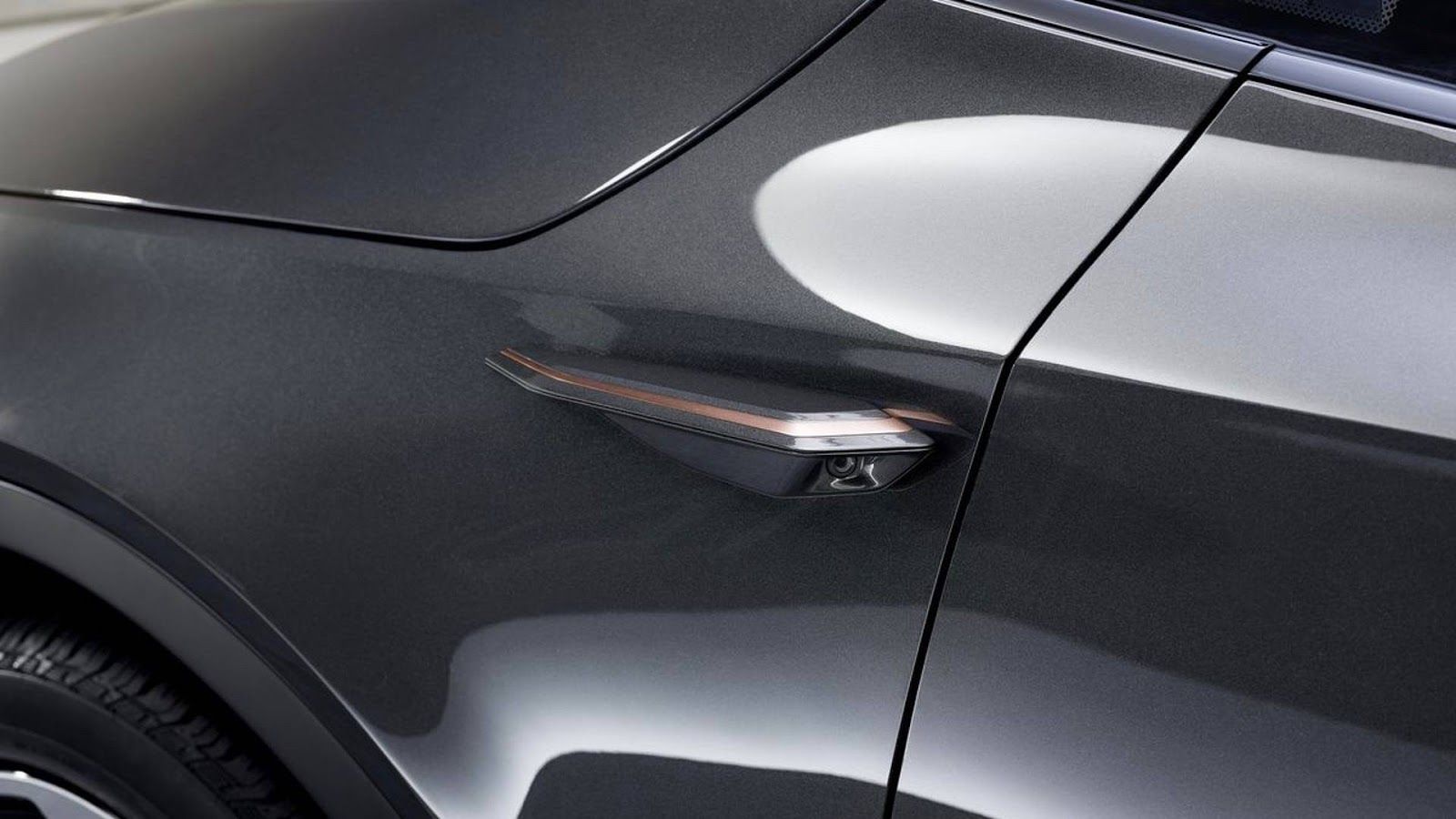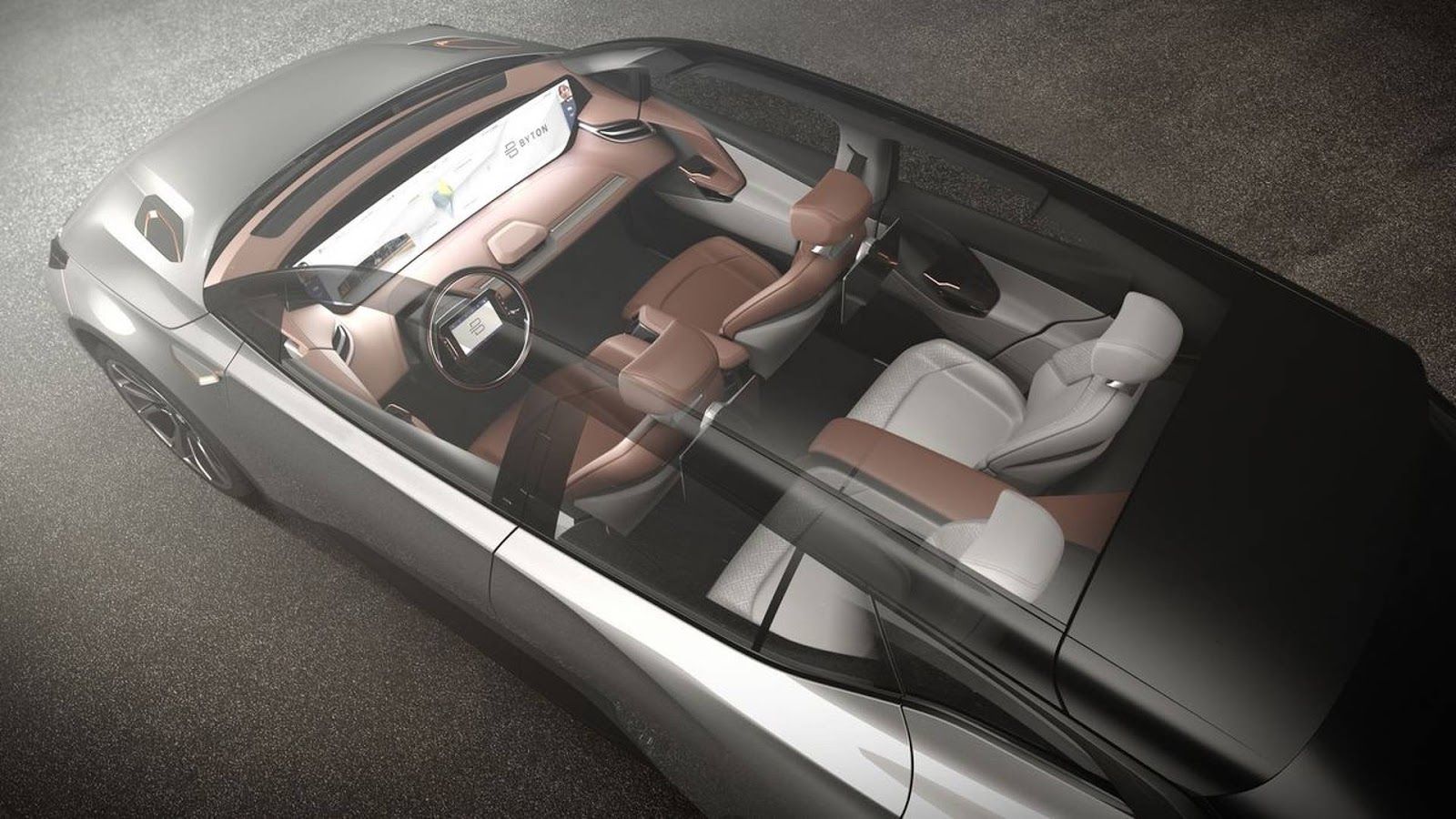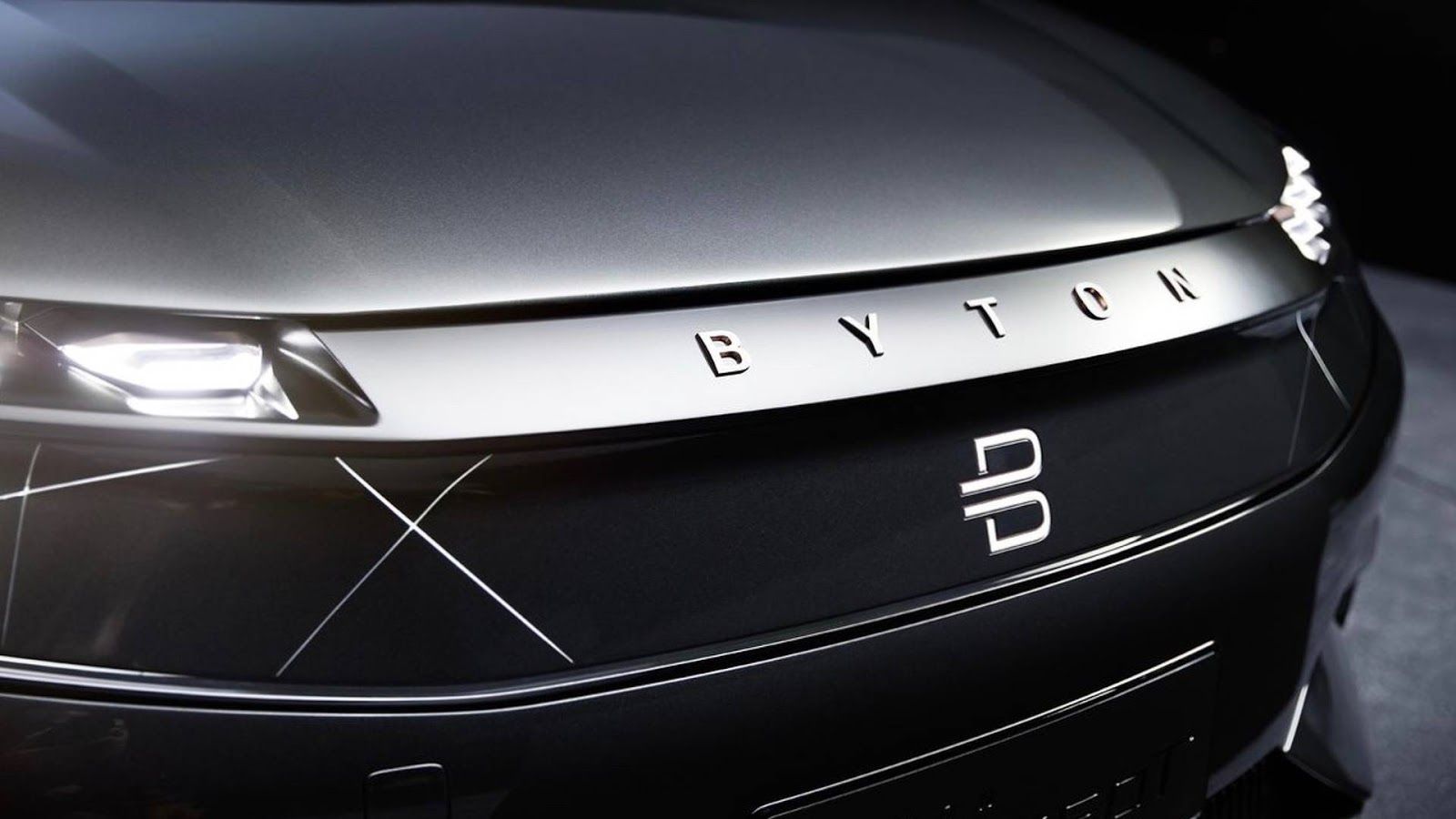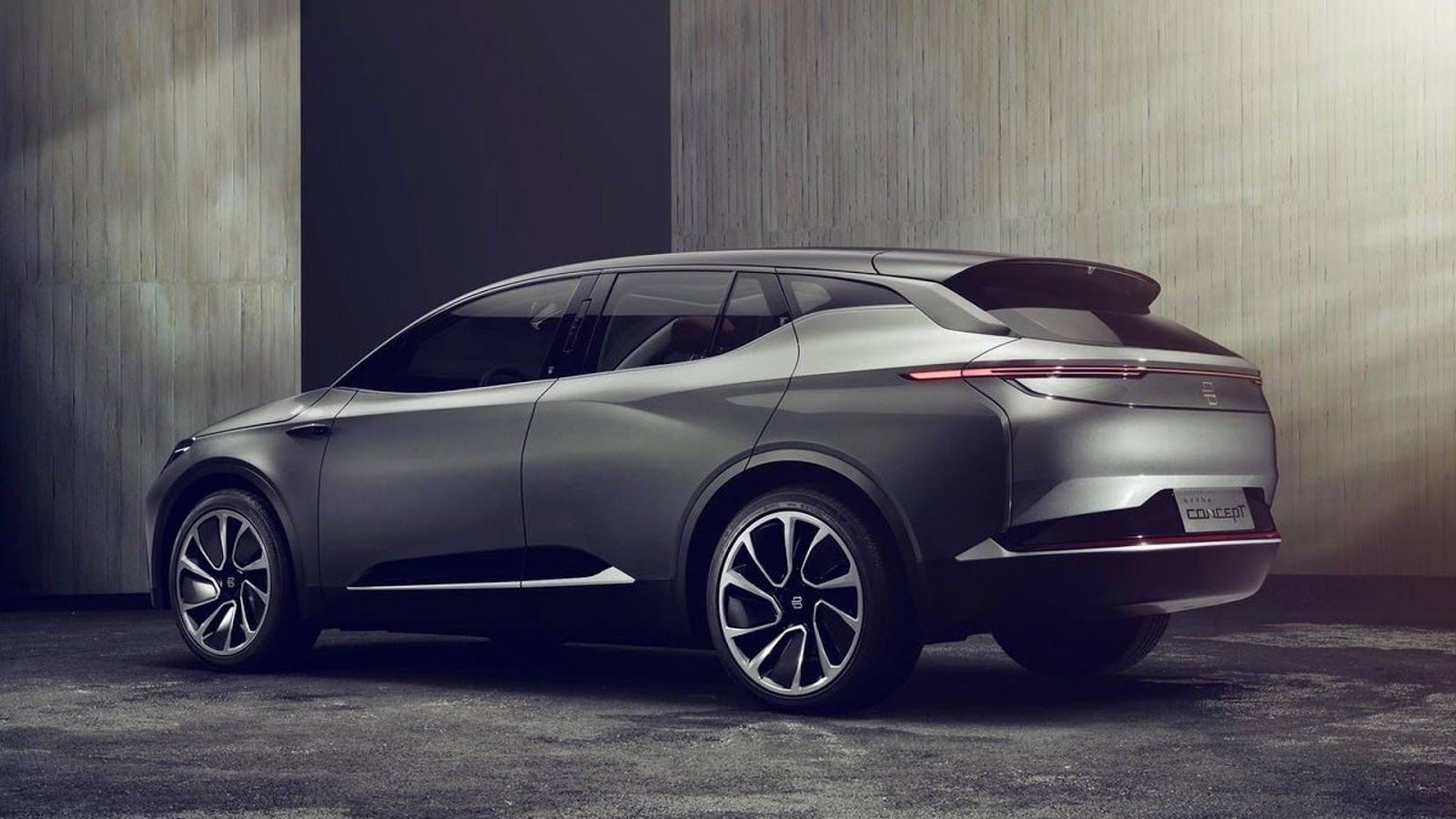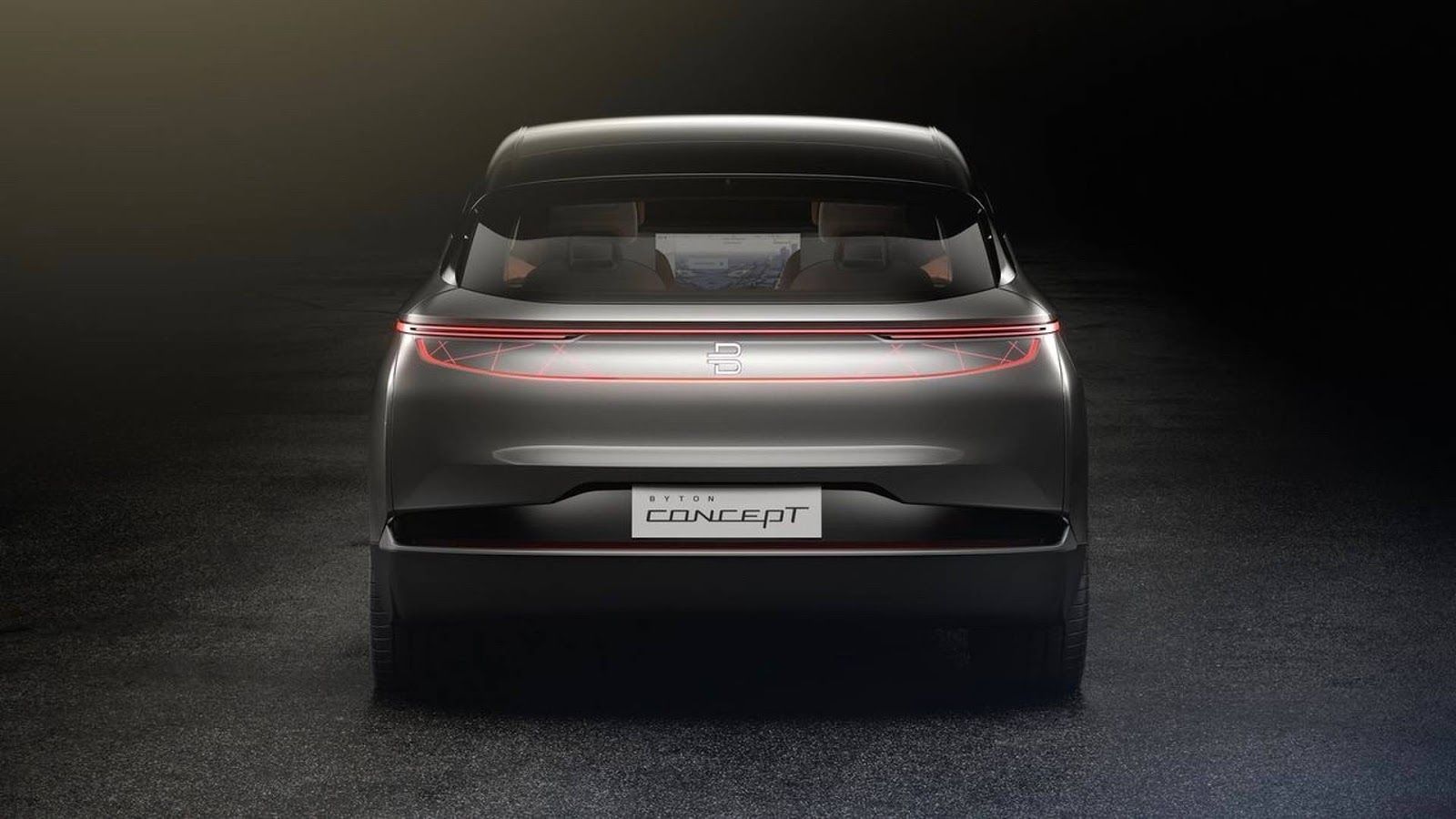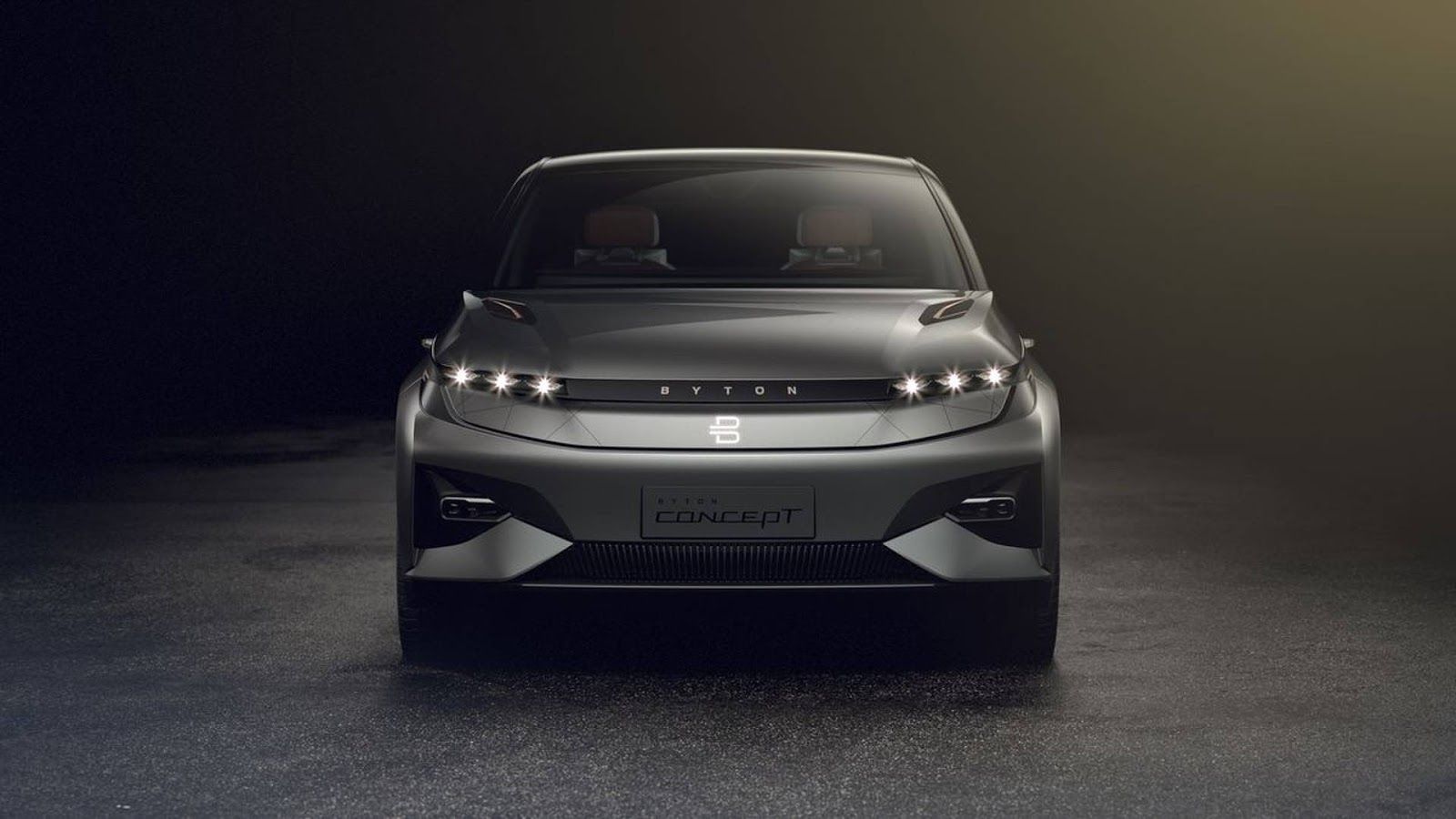A Chinese electric car start-up called Future Mobility (FMC) is dipping its toes in the electric car market by launching car company Byton. The new automaker isn’t taking long to make its presence felt in the segment as it already has an electric mid-sized SUV that it plans to showcase at the Consumer Electronics Show in Las Vegas next week. It all sounds familiar, doesn’t it?
2019 Byton Concept EV
- Make: Array
- Model: 2019 Byton Concept EV
- [do not use] Vehicle Model: Array
Exterior
We know very little about the exterior of the new Byton electric SUV other than these few teaser photos. The photos don’t reveal much, but we do see a few noteworthy elements, including what appears to be thin headlights that are made up of three large LEDs lined up horizontally. Just below them is another lighting fixture that looks to be more cosmetic than anything else. In my head, they resemble beams that extend in different directions, creating the kind of effect you normally see in a concert. A different teaser photo shows the lights emitting a green hue, but the similar treatment in the rear section of the SUV shows the lights emitting a red color. It’s unclear if this is part of Byton’s electric SUV package, but it does attract some attention.
The teaser photos don’t reveal any details on the side section of the SUV. For that, I checked out the teaser video to see what the silhouette looks like. The video shows a brief glimpse of the top section of the vehicle and the proportions suggest that there’s some legitimacy to Byton’s claim that the vehicle is roughly the same size as the Audi Q5.
Interior
As little as we know about the Byton SUV’s exterior, we already have a clear look at what the interior looks like. The cabin looks the part of what you’d expect from a concept vehicle. The most prominent element is that massive infotainment screen that stretches to an absurd length of 1,250 mm, or about 49 inches, and rises up to a height of 250 mm, or almost 10 inches! That’s a little over four feet of infotainment screen occupying the entire length of the floating dashboard. The automaker says that this approach makes it easy for both the driver and front passenger to use the screen comfortably. Hard to argue against that sentiment.
Byton’s exuberance in using digital displays can also be found on the steering wheel where a smaller display is located right in the middle of it. We’ve seen this done in the tuning world with iPads in the middle of the wheel, but Bytone is taking it to another level. Apparently, the company thinks that the more displays in the car, the better it is for all of its occupants.
Another teaser photo shows a large amount of interior surface dressed up in brown leather. I had my reservations when I first saw it, but I started warming up to it once I got a long look at the dashboard when it’s dressed in the good stuff. It actually looks nice. You’ll notice too that both front seats come with large armrests. I’m a fan of armrests for a number of reasons so I’m digging this small design detail. It gives the two front seats the feel of comfortable lounge chairs. At the very least, they should pass off as lounge chairs because the driver will probably have to ride in a high seating position to see over that absurdly large infotainment screen.
Drivetrain
From what we know at this point, the Byton electric SUV will be powered by electric motors. According to FMC president, Daniel Kirchert, the SUV will have a range of 217 miles (350 km) in standard form. There are also plans to develop a more premium variant that comes with a range of 311 miles (500 km). The SUV will also feature accelerated charging capability, including the ability to charge 76 miles (120 km) of battery range in just 10 minutes of charging.
On the side of autonomy, Byton plans to install hardware inside its electric SUV that would someday allow it to achieve Level 5 autonomy. That isn’t expected to happen when the car is launched, so expect a version similar to Tesla’s over-the-air updates to be a big part of Byton's ability to boost the SUV's tech abilities while it's on-the-go.
More details about the drivetrain, including the SUV’s power output, should be revealed at the Consumer Electronics Show next week.
Conclusion
I’ve come this far resisting the urge to bring up Faraday Future and its FF91 SUV, but I can’t keep it in anymore. The similarities are uncanny between the two companies, right down to choosing CES as the event to debut a ground-breaking, all-electric, self-driving-capable SUV. Remember, Faraday debuted the FF91 at CES two years ago and it promised a lot of the same things that we’re hearing from Byton. That’s not to say that the new start-up is going to suffer through the problems that Faraday has had since, but I can’t help but think that Byton may be trying to bite the same tree here.
That said, I will give the company some leeway to show what it’s capable of doing moving forward. That’s the only fair thing to do at this point. The concept looks promising and the ambition is there to really make a mark in a segment that’s continuing to grow by the year.
But those days of blindly championing start-up electric car markers are long gone. Now, I’m adopting a wait-and-see approach. I hope there’s something to Byton’s electric SUV because I want the company to succeed. But if it doesn’t, don’t count on me being surprised.
References
Read more CES news.

